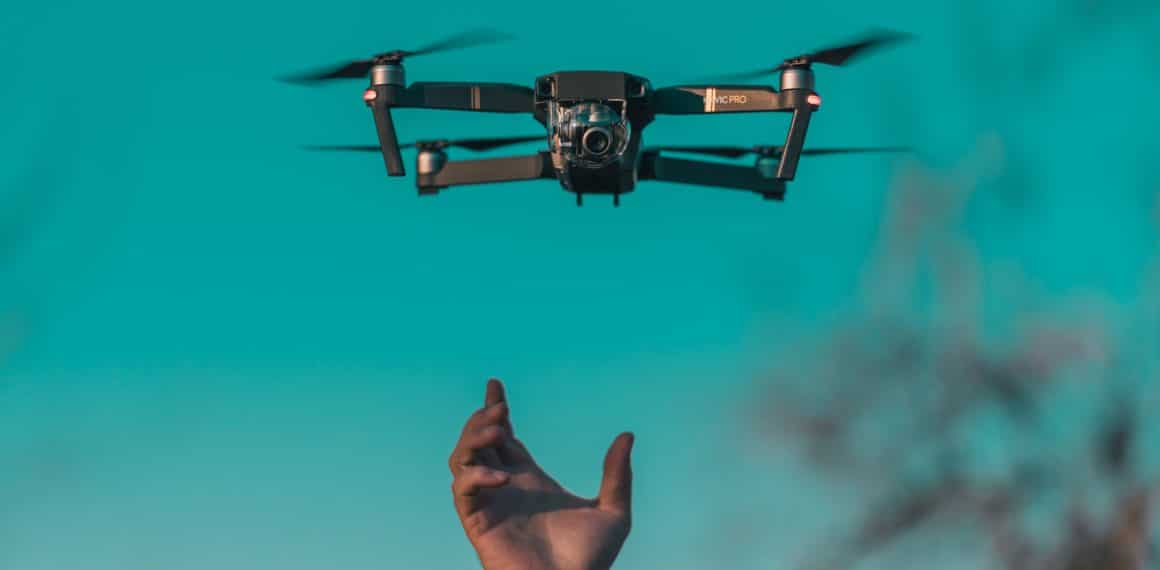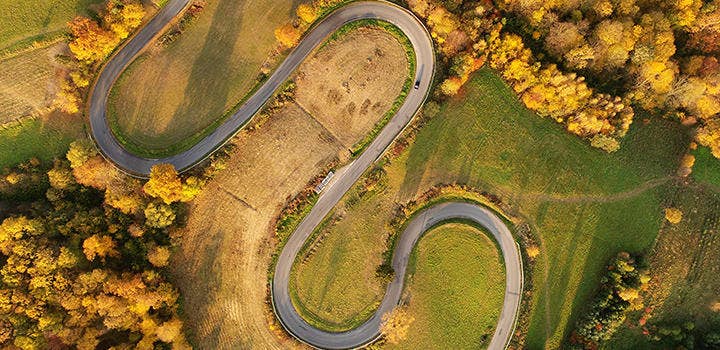Capture Amazing Moments with a Expert Drone Photographer
Capture Amazing Moments with a Expert Drone Photographer
Blog Article
Transform Your Point Of View: The Art and Science Behind Drone Photography
Drone photography represents a significant intersection of imaginative vision and technical development, enabling makers to record point of views previously unattainable. Recognizing the technicians of drone innovation, from equipment selections to structure techniques, is vital for achieving compelling imagery. Additionally, considerations such as lights and ecological problems can exceptionally affect the final result. As photographers fine-tune their abilities in both aerial method and post-processing, they open a richer narrative possibility. Yet, what really identifies effective drone photography from plain aerial snapshots? Exploring this concern reveals deeper understandings right into the craft and its developing landscape.
Comprehending Drone Innovation
Comprehending drone technology is important for anybody interested in harnessing its capacities for digital photography. Drones, or unmanned airborne automobiles (UAVs), depend on a mix of equipment and software application to attain trip and capture images. At their core, these gadgets are geared up with sensing units, cams, and navigation systems that enable them to fly autonomously or be controlled remotely.
The key components of drone modern technology consist of the trip controller, which works as the mind of the drone, refining data from various sensors to make sure secure trip. In addition, GPS modern technology plays a critical function in navigation, making it possible for drones to comply with pre-defined trip paths and maintain their placement even in challenging problems.

In addition, recognizing the governing landscape bordering drone use is crucial, as it regulates where and exactly how drones can be operated, guaranteeing safety and compliance. Familiarity with these facets of drone modern technology empowers photographers to maximize their creative possibility while adhering to legal guidelines.
Vital Equipment for Drone Digital Photography
Selecting the appropriate devices is crucial for attaining outstanding lead to drone digital photography. At the heart of this setup is the drone itself, which must be chosen based on trip stability, electronic camera high quality, and convenience of use. Popular versions often include built-in high-def video cameras that capture stunning aerial pictures.
In enhancement to the drone, purchasing a premium camera is vital. Many drones come geared up with electronic cameras with the ability of shooting in 4K resolution, however, for professional-grade outcomes, consider a drone that permits compatible electronic cameras or supports larger sensors. This versatility can substantially enhance image high quality.
Stabilization is an additional vital element. A three-axis gimbal is recommended for smooth footage, reducing resonances that can take away from image clearness. Moreover, additional batteries and a reliable charger make certain prolonged trip time, permitting even more detailed shoots.
Understanding Structure Methods
Mastering composition techniques is fundamental to boosting your drone digital photography from ordinary to remarkable. A well-composed image catches the viewer's interest and shares an effective story.
Among the vital principles to take into consideration is the regulation of thirds, which includes splitting your framework into a grid of 9 equal components. Positioning crucial elements along these lines or at their crossways develops visual passion and balance. Additionally, leading lines can lead the audience's eye via the photo, attracting interest to the subject and including depth.
An additional effective strategy is framing, where natural environments such as structures or trees encase the topic, enhancing the centerpiece. This technique not only supplies context yet also develops a feeling of intimacy within the scene.

Lastly, constantly be conscious of the perspective line. A crooked horizon can sidetrack and take away from an otherwise captivating image. By understanding these structure methods, you can dramatically improve the effect of your drone photography.
Illumination and Weather Condition Considerations
In drone photography, the interaction of illumination and weather can significantly influence the top quality and mood of your photos. Ideal lighting problems are vital; the golden hours-- quickly after dawn and prior to sunset-- offer soft, diffused light that improves colors and decreases extreme shadows. Throughout these times, the landscape appears extra lively and vibrant, enabling breathtaking airborne shots.
Conversely, cloudy skies can create a flat, low-key palette, yet they can additionally supply even lighting that minimizes contrast and highlights details in the setting. This can be helpful for recording textures in metropolitan settings or complex patterns in nature.
Weather problems, such as haze, snow, or rain, can also add special elements to your photography. Fog can develop a feeling of mystery, while rain can improve shades and fill the landscape. It is crucial to consider the safety of your drone; flying in unfavorable weather condition problems can lead to tools damages or loss of control.
Inevitably, understanding exactly how illumination and climate affect your aerial shots enables you to select the optimal problems for your drone digital photography, guaranteeing compelling and visually striking images.
Post-Processing Idea
After capturing spectacular aerial photos, the following step involves refining those shots through post-processing. This crucial stage boosts the aesthetic effect of your photographs, allowing you to highlight the one-of-a-kind viewpoints that drones offer.
Start with software program try this website devices like Adobe Lightroom or Photoshop, which provide robust editing and enhancing abilities. Begin by fixing direct exposure and white equilibrium to guarantee that your shades show up true to life. Make use of histogram checks to achieve optimum brightness levels, avoiding overexposure or loss of detail in my latest blog post shadows.
Next, improve contrast to add deepness to your images. Changing clarity can develop essential information without introducing sound, which is particularly advantageous in airborne shots where structure plays a significant function. Don't shy away from chopping; this can help concentrate the viewer's interest on the major subject.
Consider applying a minor vignette to guide the customer's eye towards the facility of the photo. By mastering these post-processing techniques, you can raise your drone digital photography to brand-new heights.
Conclusion

What really differentiates reliable drone photography from plain airborne photos? Numerous drones come geared up with cams capable of shooting in 4K resolution, yet for professional-grade results, take into consideration a drone that permits for compatible cameras or supports bigger sensing units. By understanding these make-up strategies, you can considerably enhance the impact of your drone photography.
In drone photography, the interplay of lighting and climate can significantly influence the quality and mood of your images (drone photographer coeur d'alene). By grasping these post-processing methods, you can raise your drone photography to new heights
Report this page